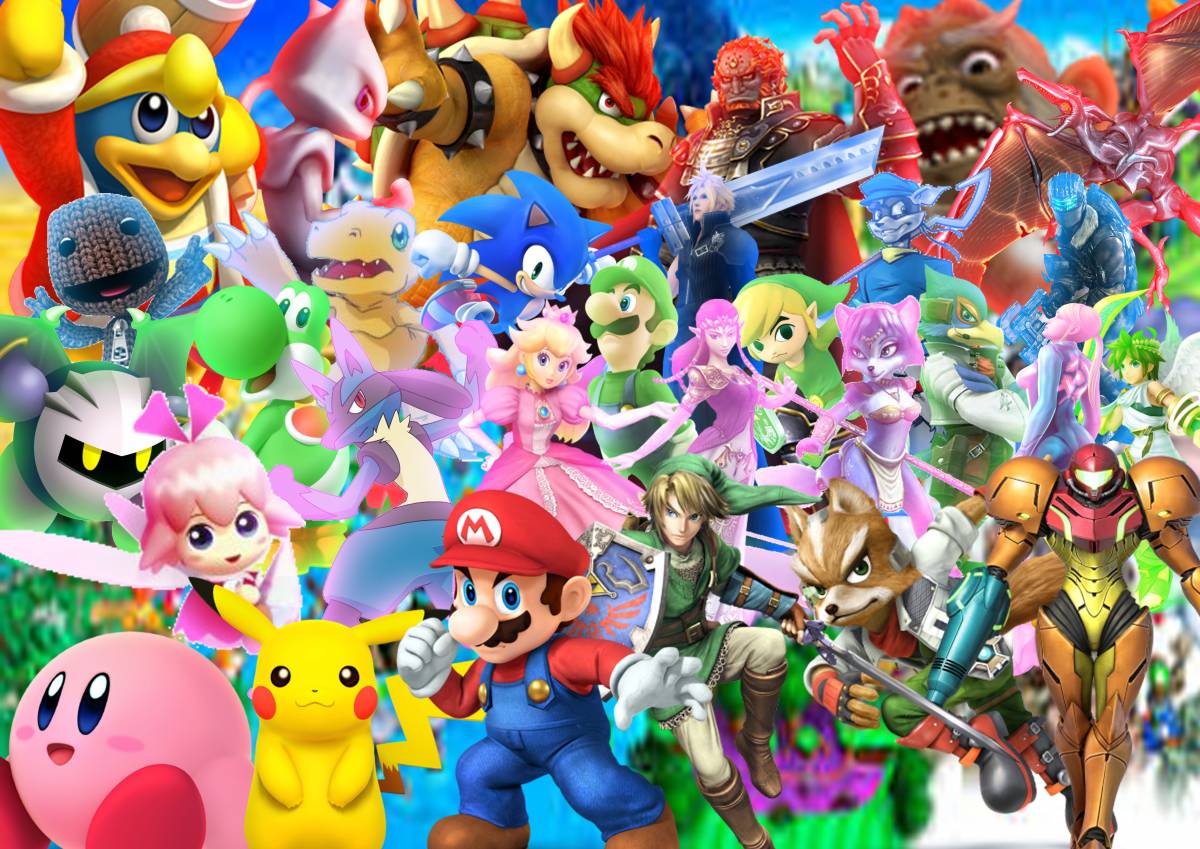Back in 2006, Nintendo did something extraordinary in the release of the Nintendo Wii. Not only was it the dawn of motion control in video games, but it’s marketing was so genius that it sold video games to people who do not generally play video games. Many of the games were not actually marketed as games per se; but as a family activity- a modernisation of an evening of Scrabble, Pictionary or Monopoly. Another of its triumphs was its release of the Wii Fit as an exercise tool- again, arguably not a video game at all.
Sony jumped on the bandwagon with PlayStation Move; showing that whilst imitation is a form of flattery, it doesn’t guarantee the mimic similar success. Microsoft attempted to take things one step further, utilising the Kinect to dispense with the need for a controller altogether- at least that was the plan. In reality, the Kinect was riddled with bugs and often failed to effectively track even rudimentary body movements, making even the navigation of in game menus ludicrously difficult. The idea to have the Xbox One and the Kinect(II) to be symbiotic was met with disdain- especially after the reveal that the standalone console had more processing power without it. The format was quickly dropped. Nintendo remained the kings of motion gaming, and hung that title right next to their untouchable crown for handhelds.
Fast-forward to the present day, and Nintendo is suffering. As of March 2016, the total units sold of the current flagship Nintendo console, the WiiU, was 12.8 million worldwide. That sounds reasonable, until you look at PlayStation 4 sales- almost 3 times the amount at 36 million units. It also is partially to blame for the substantial shortfall in profits this year, earning only ¥32.8 billion of a projected ¥50 billion.
The company’s most recent mascot release, StarFox Zero, has been widely panned by critics for its awkward control interface. The game uses the WiiU pad as a cockpit view and method of aiming, whilst the television screen is in the traditional third person behind-the-ship view format. There is no way to turn off these gyro controls, and no button based alternative. The player is forced to divide attention between both screens. Despite the game being a reboot of the universally adored StarFox 64 (Lylatwars), this interface is alienating many of the diehard fans Nintendo would be counting on to boost the sales of this release.
So where did Nintendo go so wrong? What has changed?
The simple answer is – nothing at all.

I applaud Nintendo’s drive to innovate. I truly do. However, what is often overlooked in modern gaming is; there remains a demographic of gamer that doesn’t buy into motion/gyro controls, and has no desire to. The sort of person who picks up a controller, sits on the couch and escapes into a game; the same way others escape into novels; or games socially on online multiplayer. This group of players arguably saw the Wii’s early marketing schemes exactly for what they were- gimmickry. Sales boosting tactics. Nintendo seem to be, at best, sidelining this type of player, and at worst ignoring them completely- which is one of its key failings in recent years. With the success of the PS4 over all other current generation consoles, with no additional peripherals and no motion control in sight, it’s arguable that the group of “traditional gamers” is still the dominant one in deciding the success of consoles and games.
From this case, we can make some pretty solid assertions about the future of video games. With the advent of Oculus Rift, HTC Vive and other headset based game peripherals on the horizon, it could be suggested that gaming is set to undergo another great change, a paradigm shift. In reality for many players, it will not change at all. Many games will not fit VR play, or at the very most, utilise it only as a more insular screen option. The only people who will buy into the VRevolution will be those taken into the mystique of it all, and frankly, those who can afford it- I can comfortably and categorically state that it will not replace gaming as we know it, just as the Wii’s motion control didn’t- it will simply add another facet to it. Traditional gaming formats will continue to endure; as evidenced in the sales of Dark Souls III, which sold 600,000 copies in its first week- on Steam alone. (Namco Bandai have not released the full sales figures at time of writing)
Or naturally, I could be completely wrong, and we’ll all be jacking-in to our “PlayStation 5″/”XboxTwo” á la Sword Art Online or The Matrix after a hard day at the office, with poor Nintendo’s “Neo-NES” floundering in obscurity, having gone back to cartridges and wired controllers to recapture its youth.
Innovation in any industry is important, but a product is only as successful as the demand for it, and if you restrict yourself as a company to selling to a small demographic within your target market, you are also limiting that success.
Some of the coverage you find on Cultured Vultures contains affiliate links, which provide us with small commissions based on purchases made from visiting our site. We cover gaming news, movie reviews, wrestling and much more.



